A Year of Histories of Reportage
Here are a few of the artists I wrote about this past year, that are engaged with humanity; with discernment, whose visual stories are both artful and journalistic.
Traditionally this is the time of the year for reflection. So I’d like to look back and share some of the Histories of Reportage I wrote in the past year. I’m proud that I brought you such a diverse group of artist-journalists. I found some in deep dives back 200 years. Some I found from recent history. I learn much from these reportage artists. They bring an immediacy and newsworthiness to their visual storytelling. They bore witness to the people and events of their time. Here are just a few that applied their extraordinary abilities, with courage and heart.
John Singer Sargent was best known as a portrait painter of women of the Gilded Age, but he needed to travel, investigate and paint some exotic and nomadic people of the Middle East.
Lili Réthi was drawn to huge engineering projects and construction workers. She was not intimidated, setting up her easel in the hyper masculine world of bridge building, Her drawings of the building of the World Trade Center Towers back in 1968 have a heroic scope and scale.
Maurice-Henri Orange was a historical painter of famous battle scenes of the Napoleonic Wars of 1803. But it wasn’t until 1914, when he was commissioned by a magazine to visit the front lines of France's war with Germany, that he experienced war and all its brutalities.
LeRoy Neiman led a jet setting life that took him around the world to sporting and political events, producing gaudy hued paintings, illustrations and prints; which seem to contradict the authenticity visible in his on-the-spot drawings.
Grant Powers was commissioned by the U.S. Marines to witness and illustrate the first atomic explosions in the Pacific. His paintings are both scientific and aesthetic, but you can’t not see them for their horrific potentialities.
Chittaprosad Bhattacharya knew that his people were suffering in the Bengal Famine of 1944. He could not turn away from the war that caused it. So he sketched and published some of the few tangible records of the event.
Chiura Obata walked amongst the debris-filled streets of San Francisco after the 1906 earthquake, and sketched what he saw.
Howard Brodie witnessed the horrors of war. His courage and proficiency, honed on the battlefield, brought him to the courtroom, to draw some famous trials.
Franklin McMahon was also commissioned to draw some graphic realities from the courtroom, with the trial of Emmitt Till’s murderers.
Jacob Lawrence‘s pictures tell the story of the movement of African Americans from southern states to northern cities in his Migration Series; that's also his family’s own poignant exodus.
I look to the past because I trust it. These artists engaged with humanity; with discernment, that’s both artful and journalistic. We can learn from them in the hope that we will be inspired by the precepts found in their visual storytelling. I will continue to bring it forth for you, and in my own art practice. Have a courageous and heartful 2024!
In the New York Times, Jason Farago writes about how we must not accept the banal, repetitive and the easily algorithmic in art and how A.I. can make art that feels human, but isn’t.


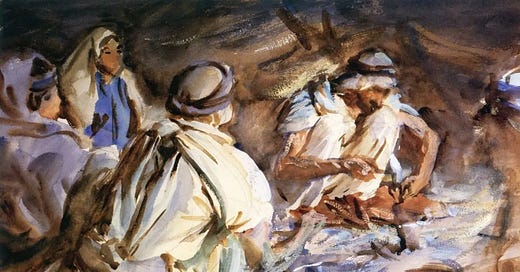





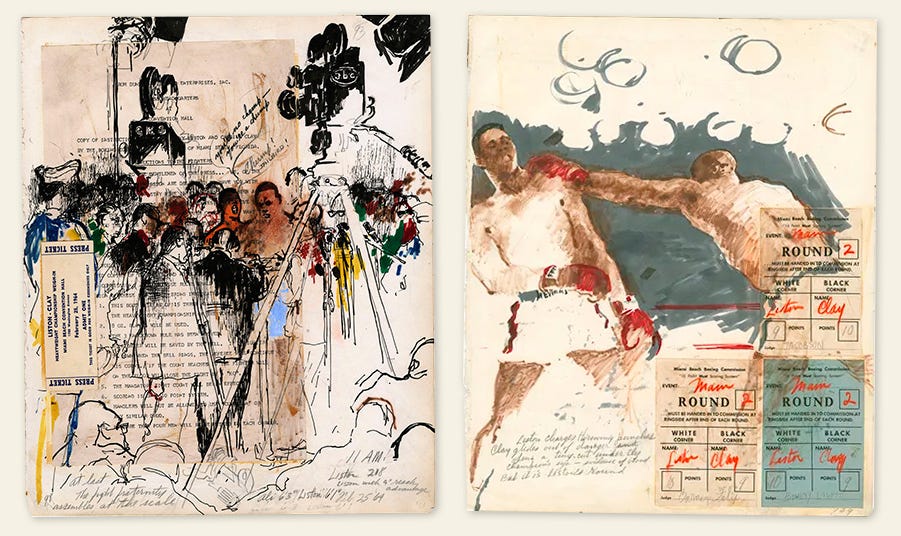
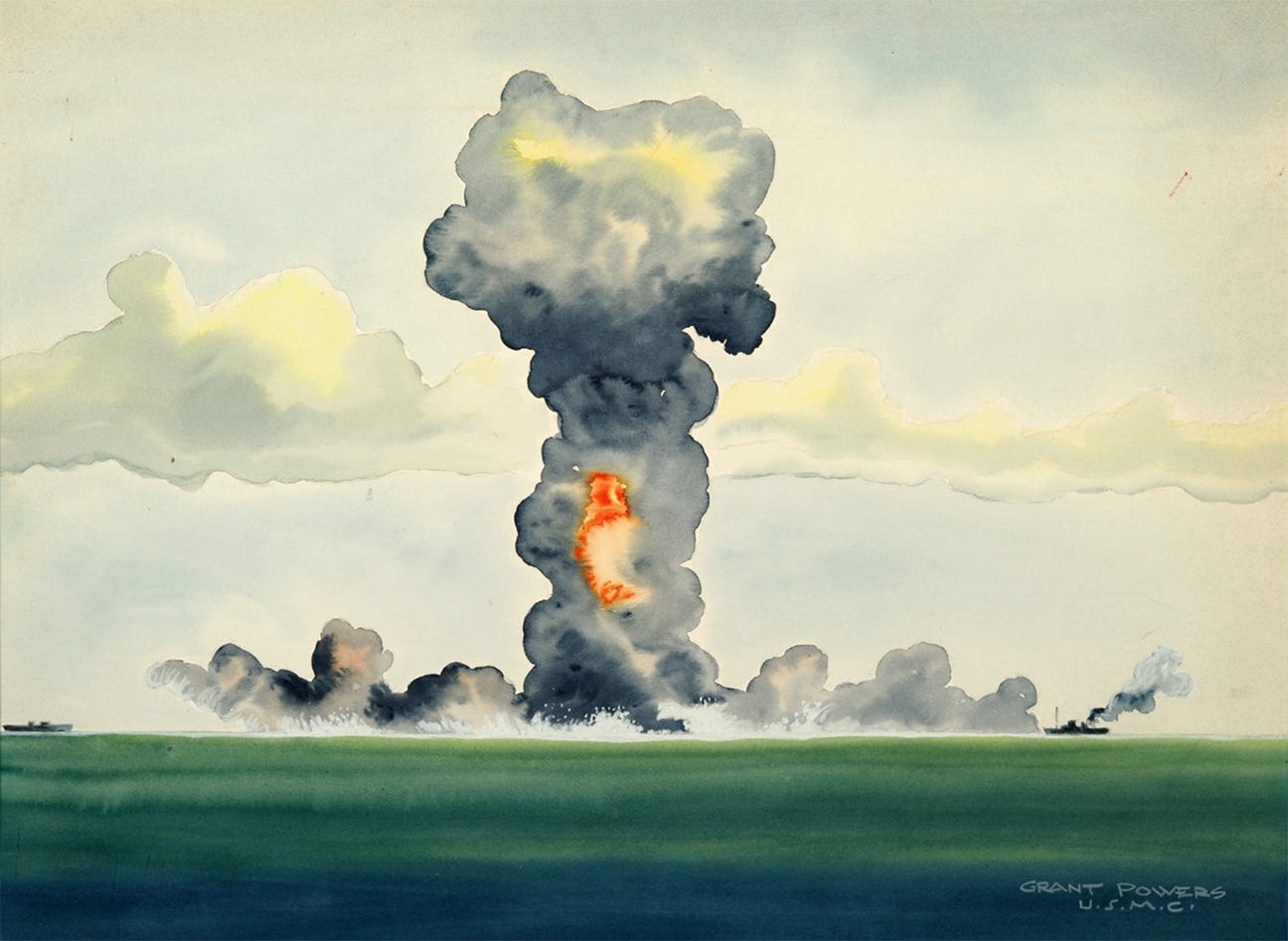


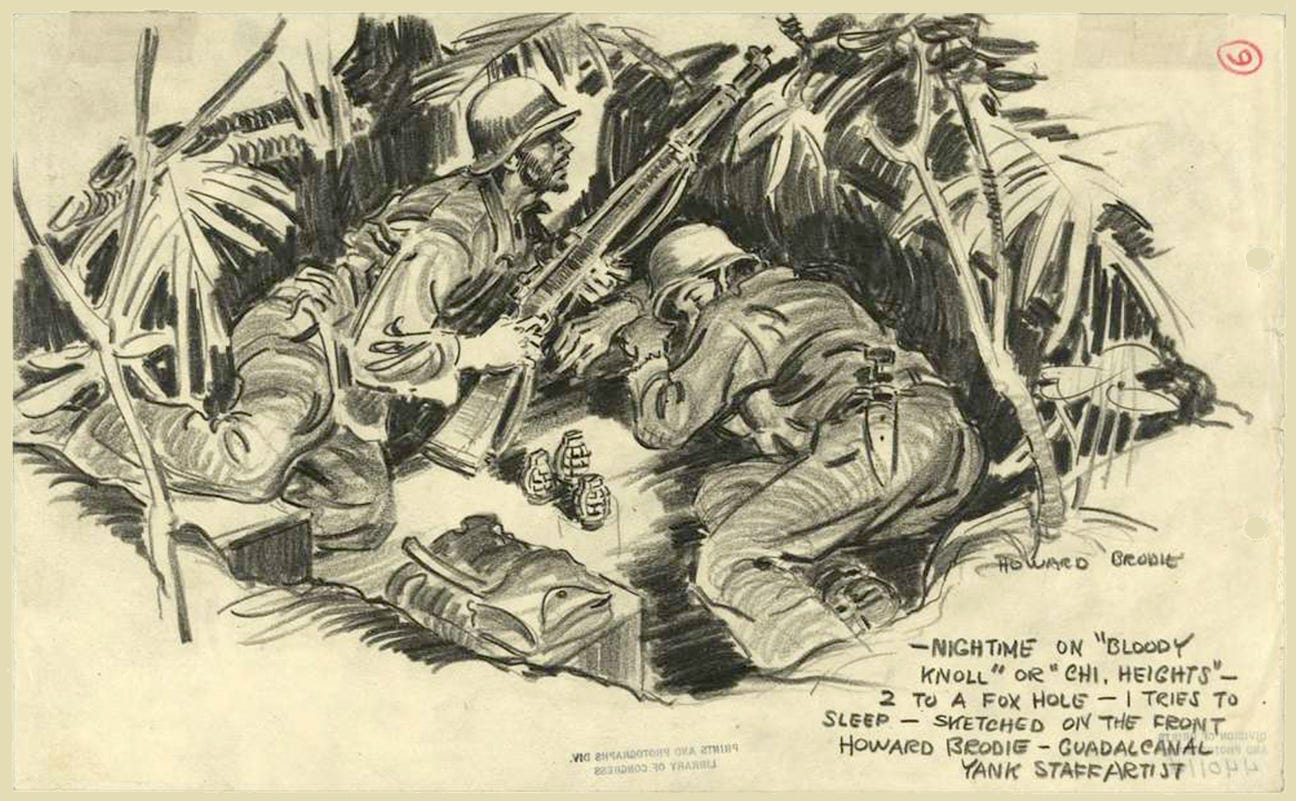

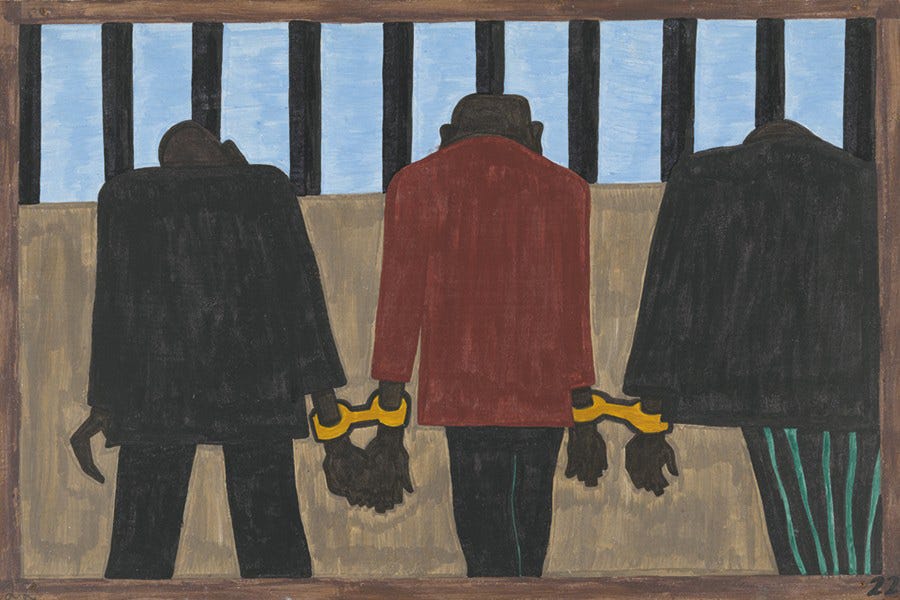
All of these examples are spectacular and amazing. I wish media organizations would sponsor more illustrated journalism. There is something special in these images that convey more back story and a sense of place than photographs do. Thanks for highlighting these artists, Bill.
Thanks for sharing this.